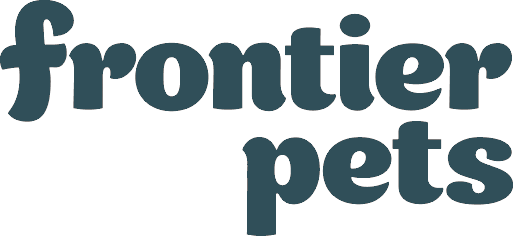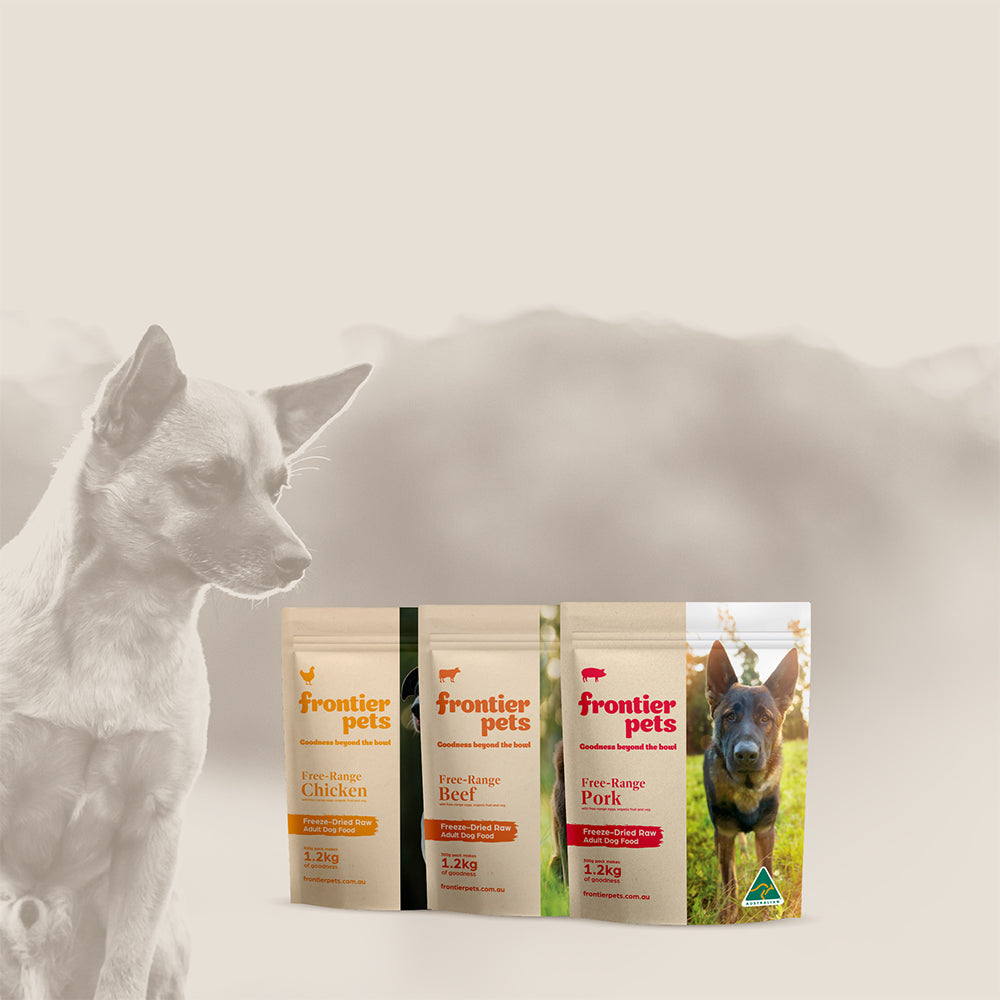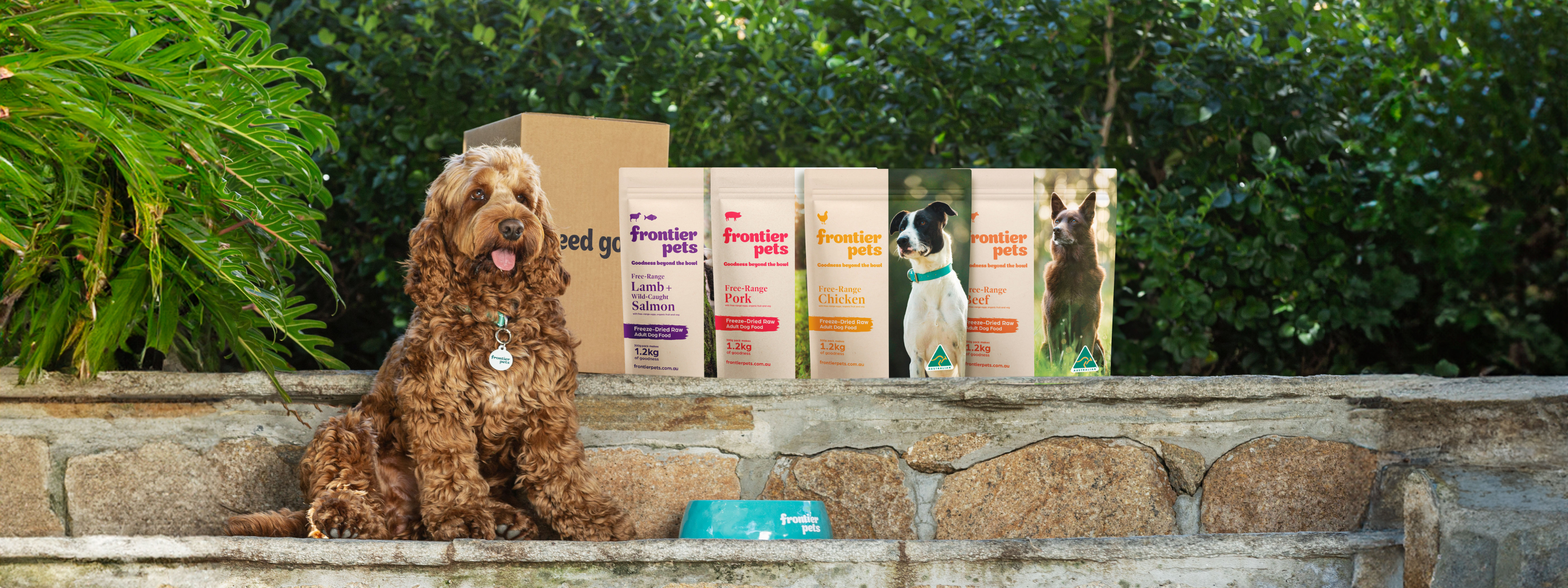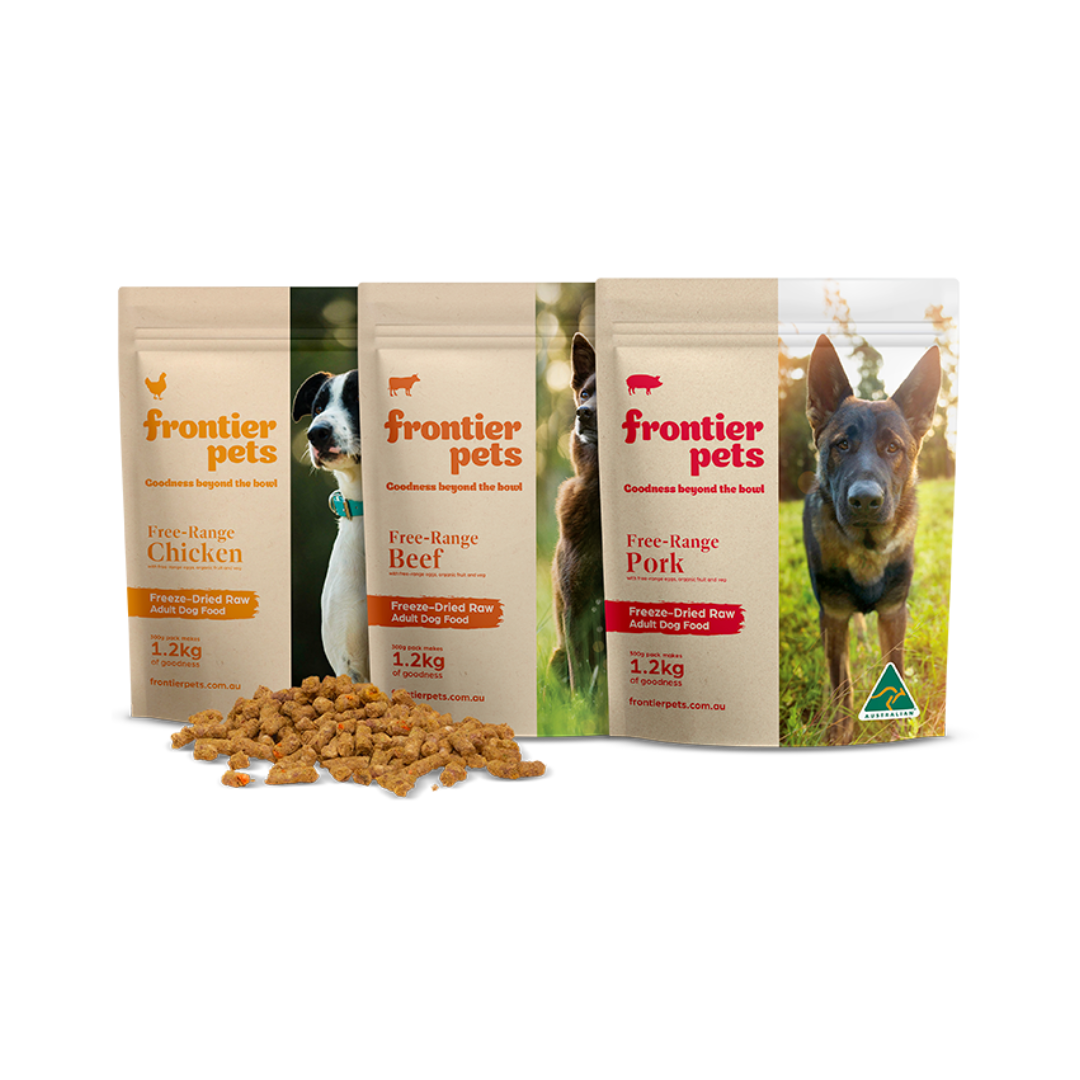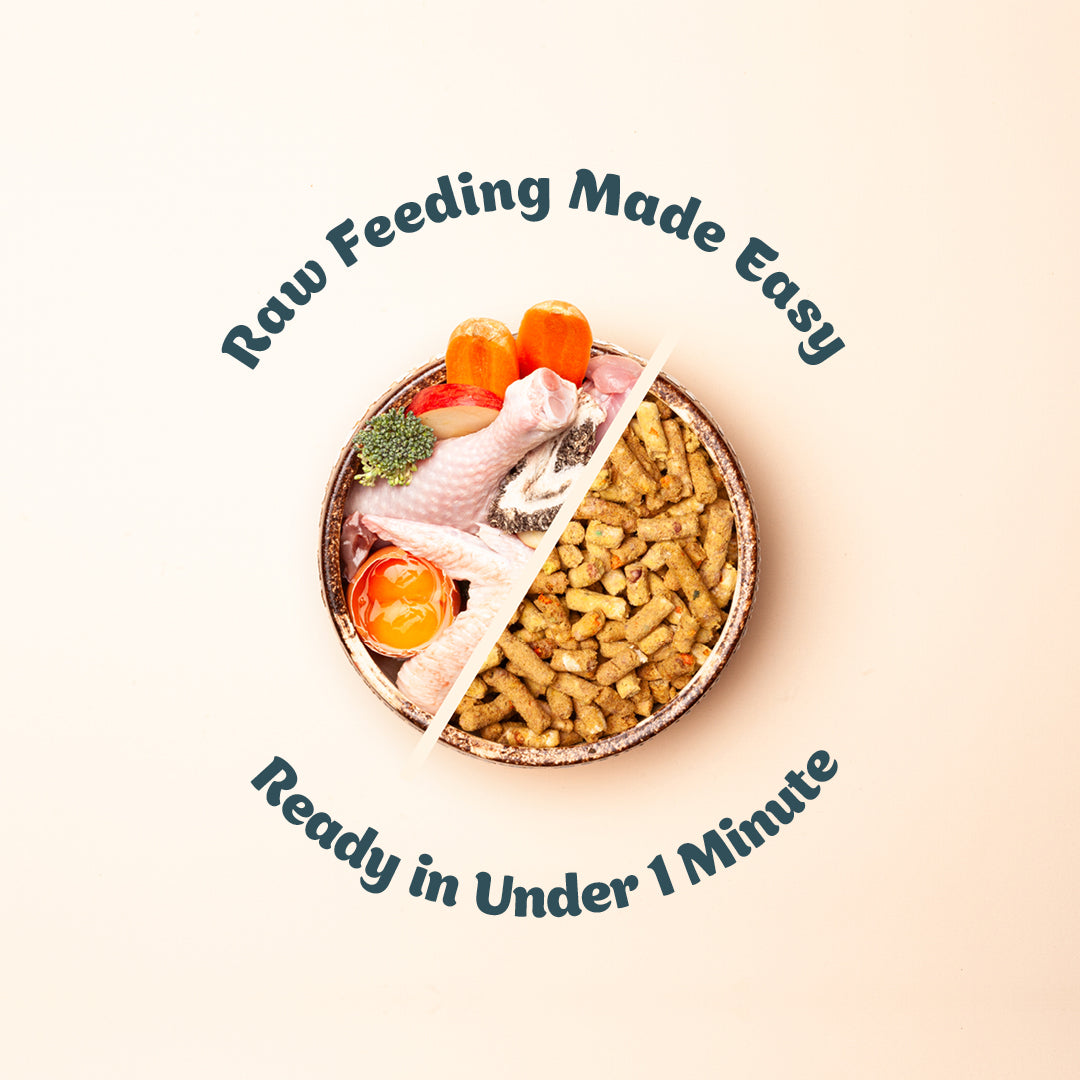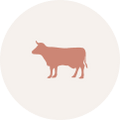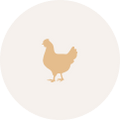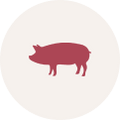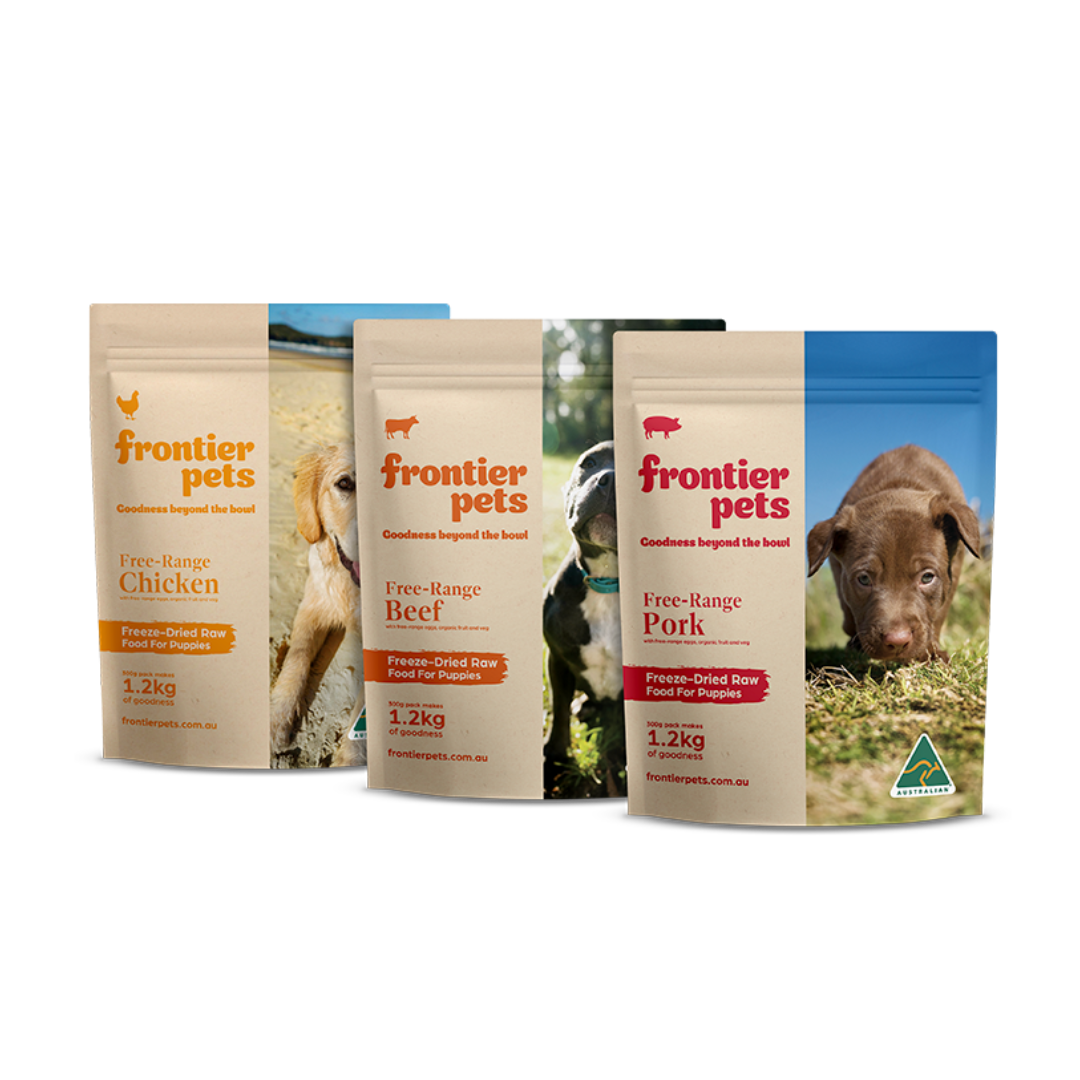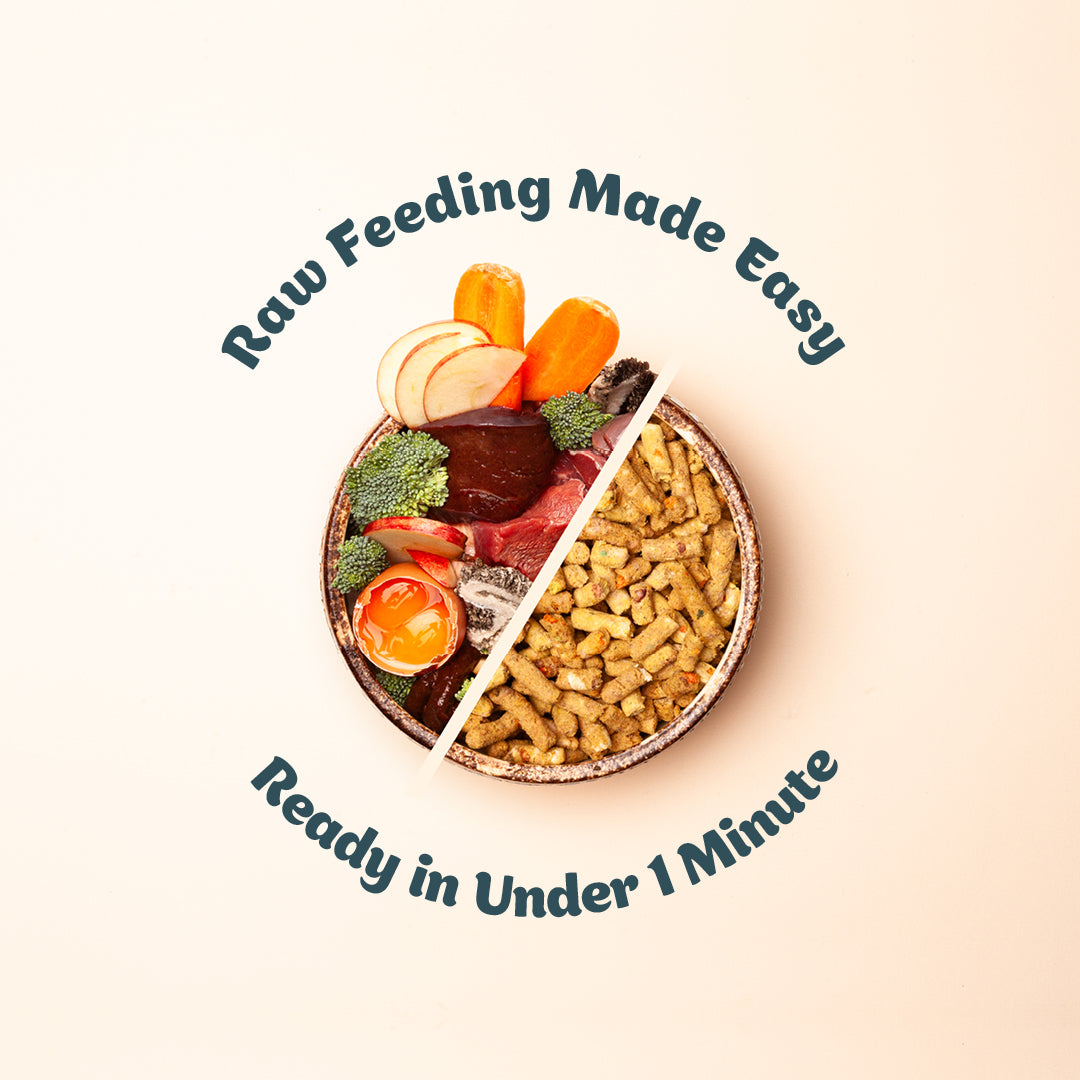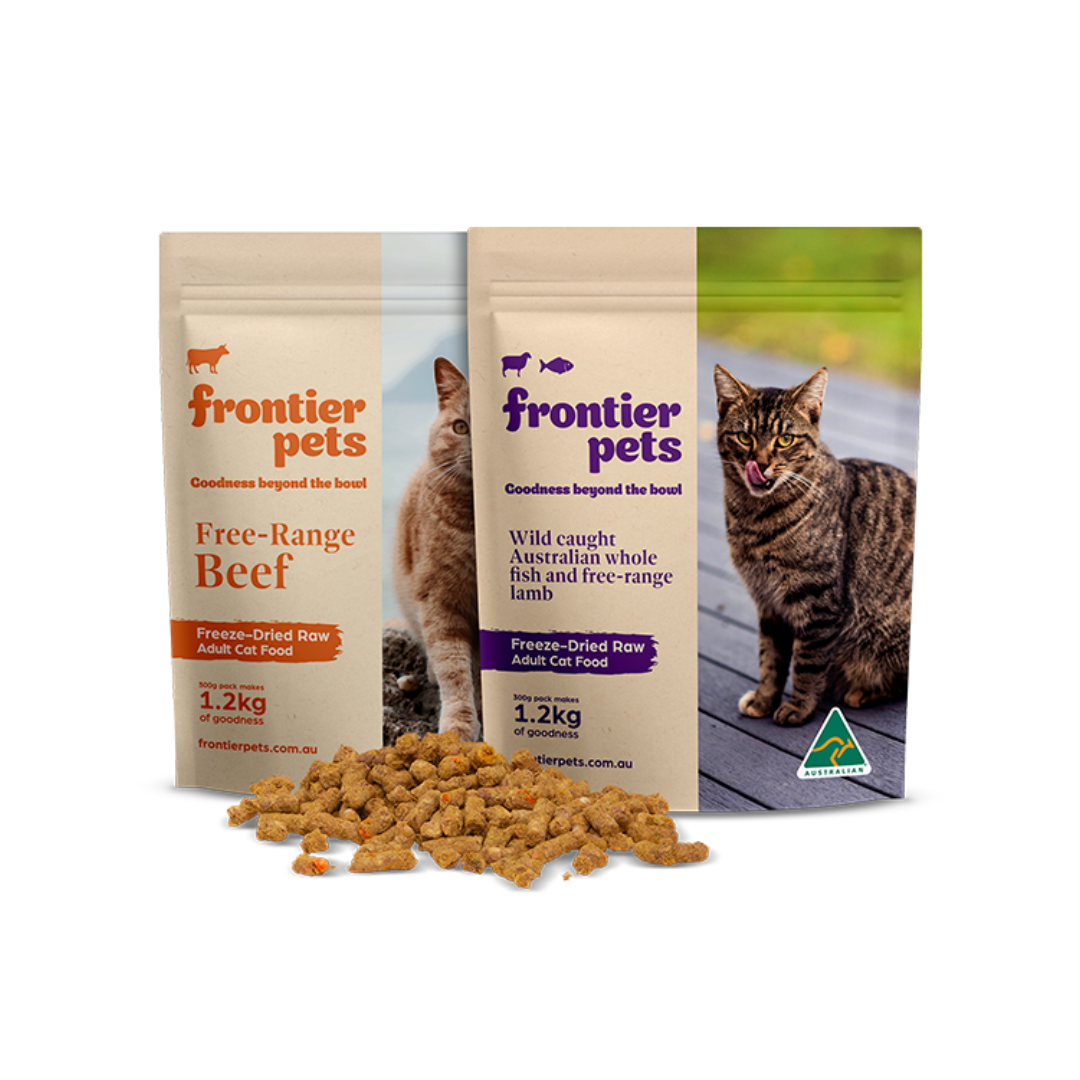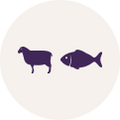About Us
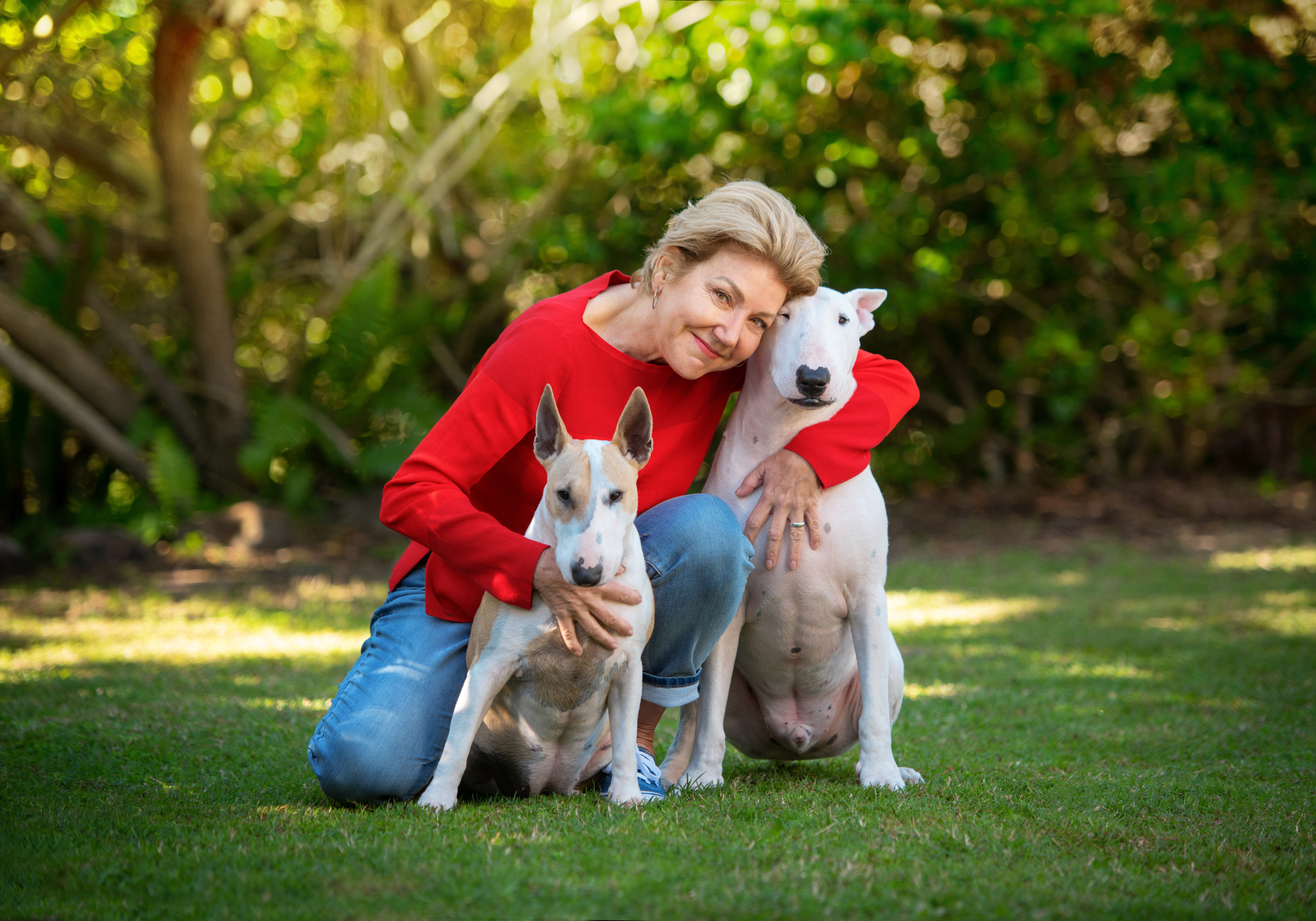
How it all started
It all began with our Founder, Diana Scott's love for her pets and a desire to nourish them with the best. When Diana couldn't find ethically sourced, nutritious food, she knew she had to create it herself.
This wasn't just about replacing fillers with trendy ingredients. Diana knew true nutrition came from a deep understanding of animal needs. That's why she partnered with Dr. Kathy Cornack, a leading holistic veterinarian. Together, they embarked on a journey to create a revolutionary recipe of Frontier Pets freeze-dried raw, shelf-stable, nutrient-rich food that rehydrates quickly into a delicious, raw meal for your pet.
Diana's vision started as a small idea, but it quickly blossomed into something much bigger. Within just six months, her home transformed into a temporary warehouse overflowing with pet food due to overwhelming customer demand. This rapid growth fueled the company's swift expansion. In 2018, Frontier Pets had secured its own production facility and grown its team to 25 dedicated employees. Today, the company produces a more than 15 tons of ethically sourced, freeze-dried pet food every month, serving tens of thousands of loyal customers.
Our commitment to ethical sourcing remains at the heart of everything we do. We use only the highest quality ingredients from local Australian farms, ensuring our freeze-drying process creates nutritious pet food without any preservatives.
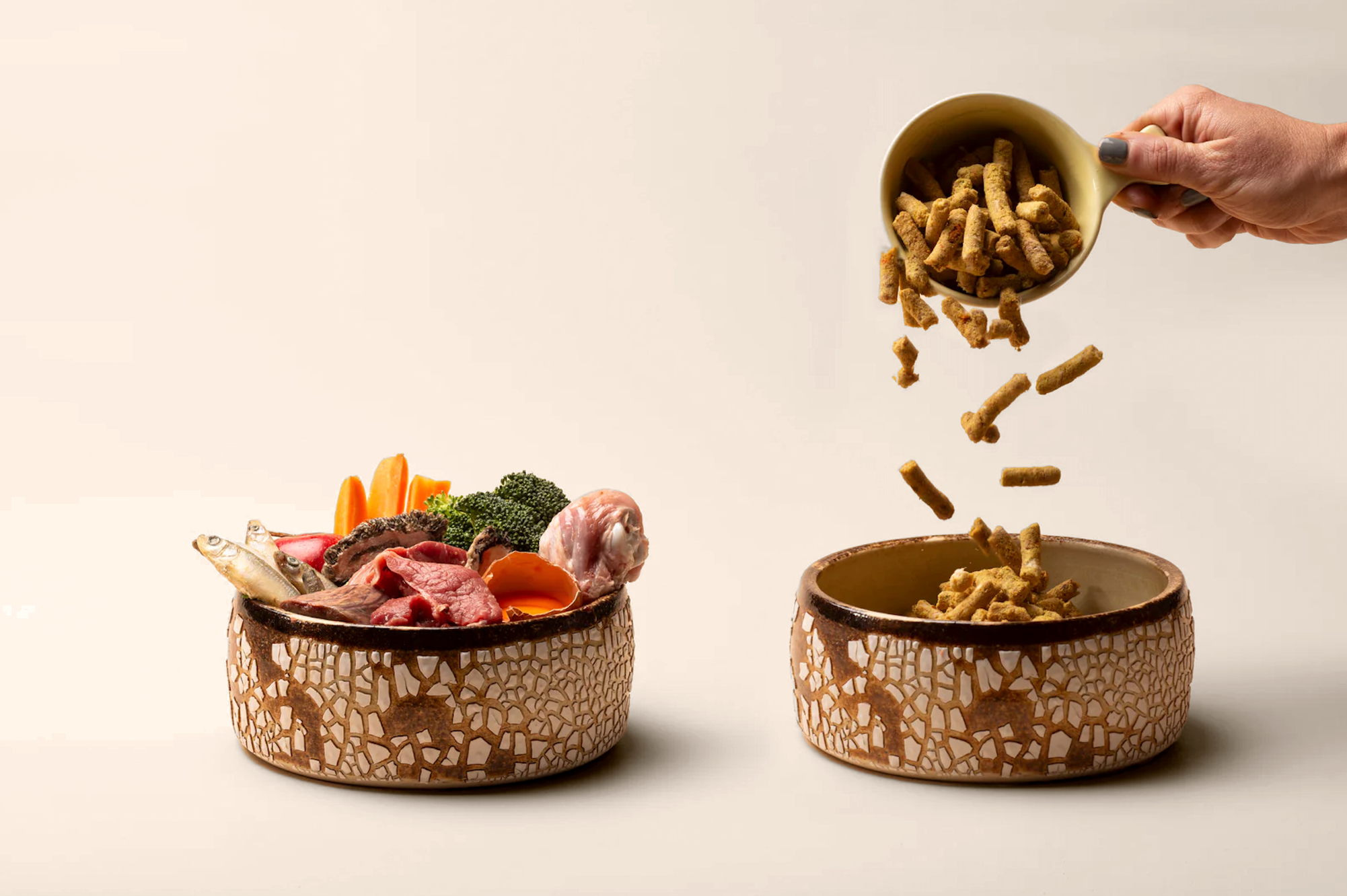
Our Mission
Our mission is to help end Factory Farming.
Our pets can play a big role in making this a reality. By feeding Frontier Pets dog food and cat food, you are directly and indirectly supporting animal welfare. Our premium quality pet food is made from 100% whole-of-life free-range protein and certified organic produce. We source human-grade ingredients directly from Aussie farmers practicing sustainable agriculture.
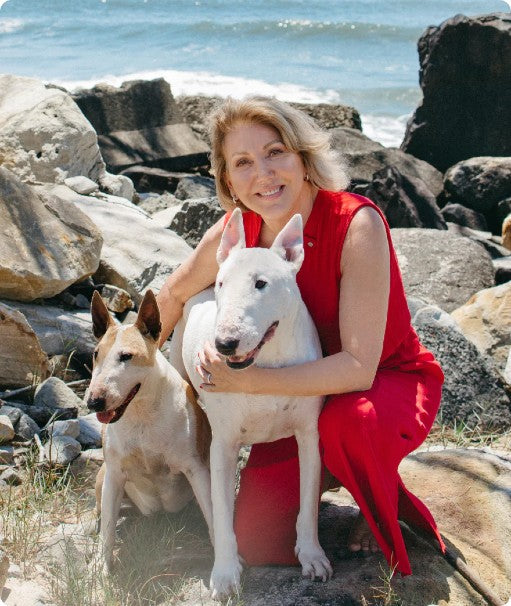
Meet Our Founder
"I have been supporting sustainable farming and animal welfare for as long as I can remember. These issues are always front of my mind when I buy things for myself. When I realised these same choices were not available for pet food, I decided to make one. Now our pets can become part of the solution, and they can literally change the world.”
- Diana Scott, Founder
